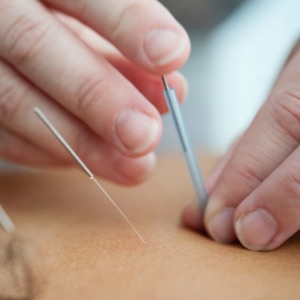Ask the Acupuncturist

Question: Can you explain what you're doing when you take my pulse?
Answer: The pulse in Chinese medicine is one of the acupuncturist's most valuable tools. There are countless stories we heard in acupuncture school about Chinese masters who, simply by taking the pulse, could diagnose the most complicated of disease patterns and could discern their cause, all without the patient even saying a word. Today, the Western practitioner relies on the pulse to help us discern what may or may not be causing your health concern. At each treatment, checking in verbally helps give the practitioner clues as to what to look for in the pulse. Then, when you lie down for treatment, the pulse will help confirm or deny those clues, which in turn leads us to our diagnosis and our treatment.
There are 12 pulses, 6 on either wrist, and each one corresponds to a different organ. The organs in Chinese medicine are responsible for all of the same things we know them for in our Western paradigm, but they also govern things like our emotions, and the channels (or meridians) that emerge from them. When we feel the pulse, we are not just counting the heart rate. We are actually feeling the quality of the pulse itself. There are 28 different qualities that the pulse can take on. We look for whether the pulse is, for instance, weak or strong, empty on the deepest levels or full; whether it is rapid or slow, tight, forceful or even soggy. Each quality tells us something different about the condition itself--where in the body it's coming from, what caused it, and what is perpetuating the problem. Of course, this is all translated into a Chinese medical diagnosis--not a western one. Although it is said that some masters can discern in the pulse the presence of medical emergencies or serious diseases!


